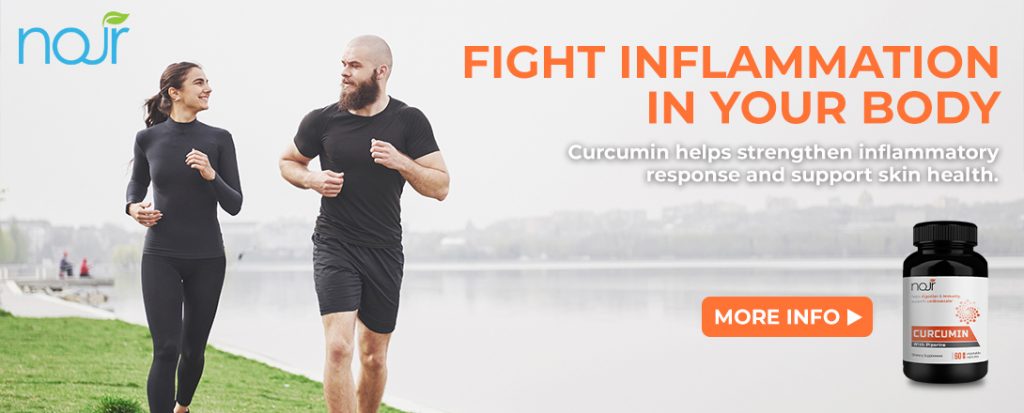You’re sitting at home, enjoying a new book when the left side of your face begins to droop. You attempt to smile or move your facial muscles, but the left side of your face is paralyzed. Since you know the warning signs of stroke, you wonder if what you’re experiencing is the start of one.
Bell’s Palsy, a condition that causes sudden, temporary weakness and at times paralysis on one side of the face, can often be confused with a stroke. Here’s what you should know about Bell’s Palsy.

Bell’s Palsy and Stroke: What’s the Difference?
While both conditions may present with similar facial symptoms, the difference between Bell’s Palsy and stroke is the involvement of the brain. Bell’s Palsy is caused by inflammation of the facial nerve, while stroke is caused by reduced blood flow to an area of the brain. Bell’s Palsy does not involve the brain, so other common stroke symptoms like confusion, difficulty walking, standing or using your arms and hands will not be present. However, you should still seek immediate medical attention if you experience Bell’s Palsy symptoms so your doctor can rule out stroke.
What are the Symptoms of Bell’s Palsy?
Bell’s Palsy is the result of inflammation to a facial nerve and symptoms occur suddenly and include:
- A facial droop with difficulty making expressions like smiling or closing your eyes
- Drooling
- Pain around the jaw or ear of the affected side
- Decrease in taste
- Headache

The condition is usually temporary and will usually resolve completely in about six months with symptoms starting to improve in a few weeks.
You’re at an increased risk of developing the condition if you have an upper respiratory infection or virus like the flu, hand foot and mouth, mononucleosis or shingles or have diabetes.
There is no test to confirm a diagnosis of Bell’s Palsy. Your doctor will likely examine you for upper and lower facial weakness. An MRI or electromyography may be used if your doctor suspects other causes of facial nerve compression or damage.
How is Bell’s Palsy Treated?
For mild cases of Bell’s palsy, treatment usually isn’t required. If an infection is causing your symptoms, it may be treated. For swelling, you may receive steroids, and if you’re in pain you may also receive pain relievers like ibuprofen. Because Bell’s Palsy can affect your eye’s ability to close, you might receive lubricating drops and a patch to protect your eyes from irritation or debris.
If you’re experiencing symptoms of Bell’s palsy, get immediate medical attention to rule out the possibility of stroke.


